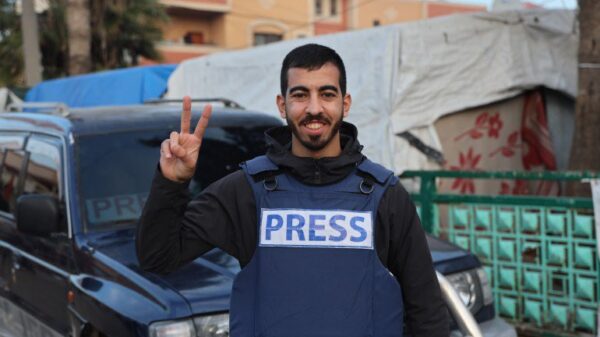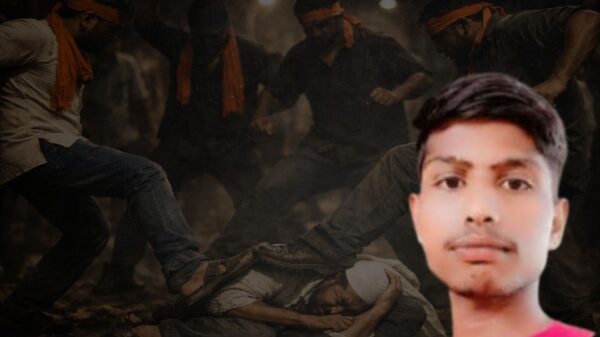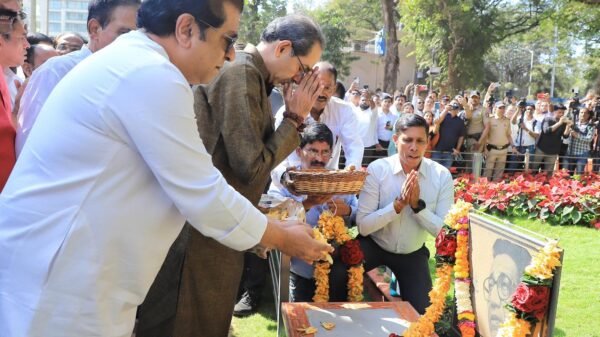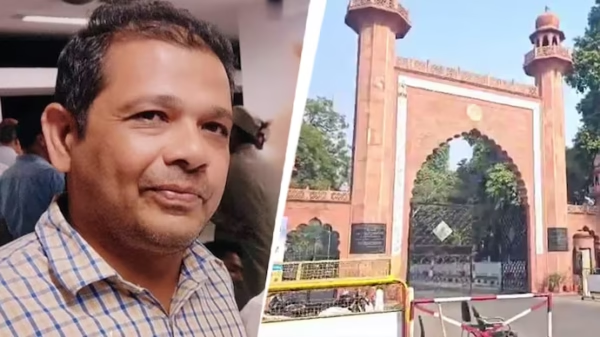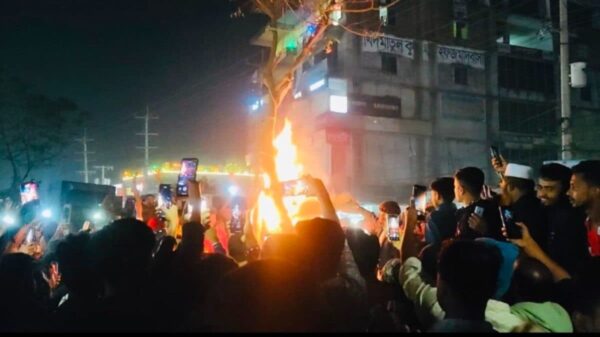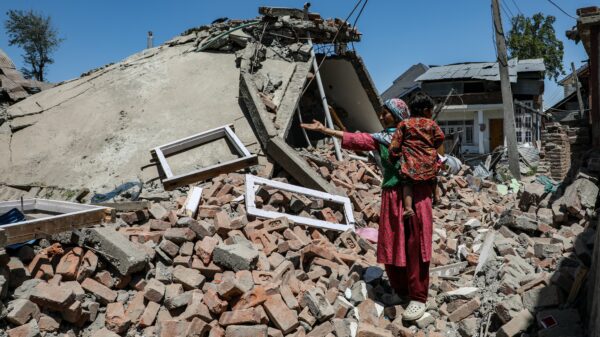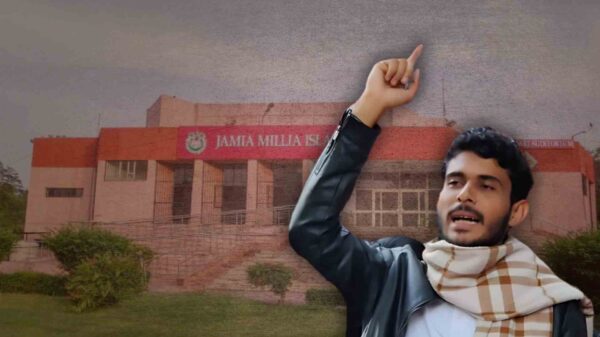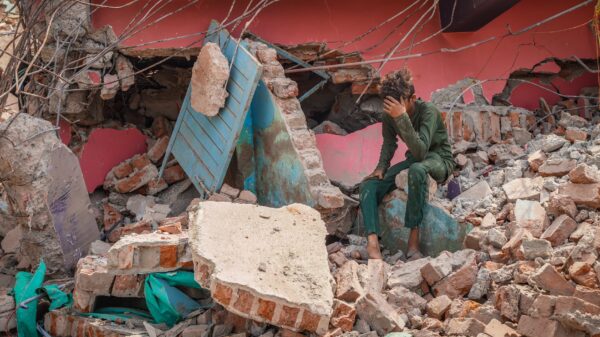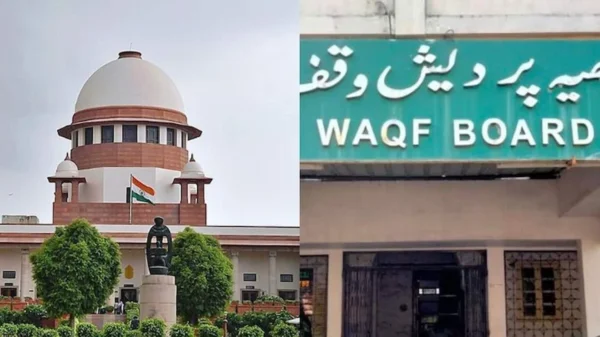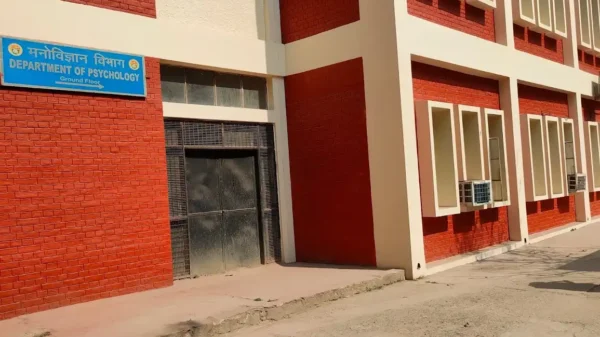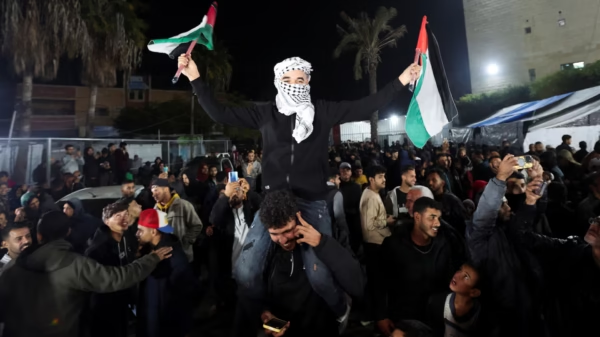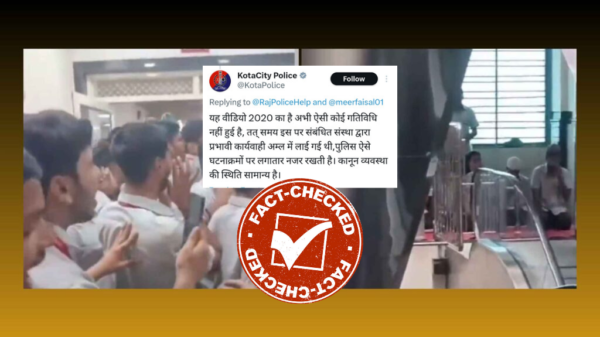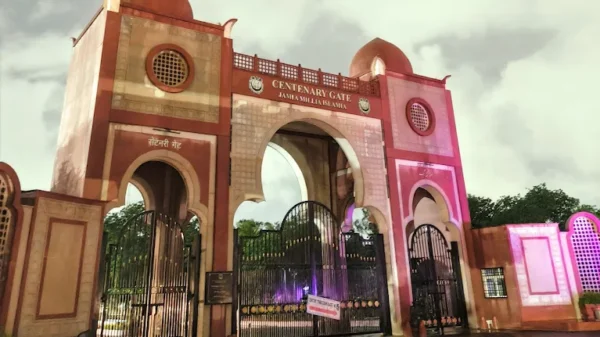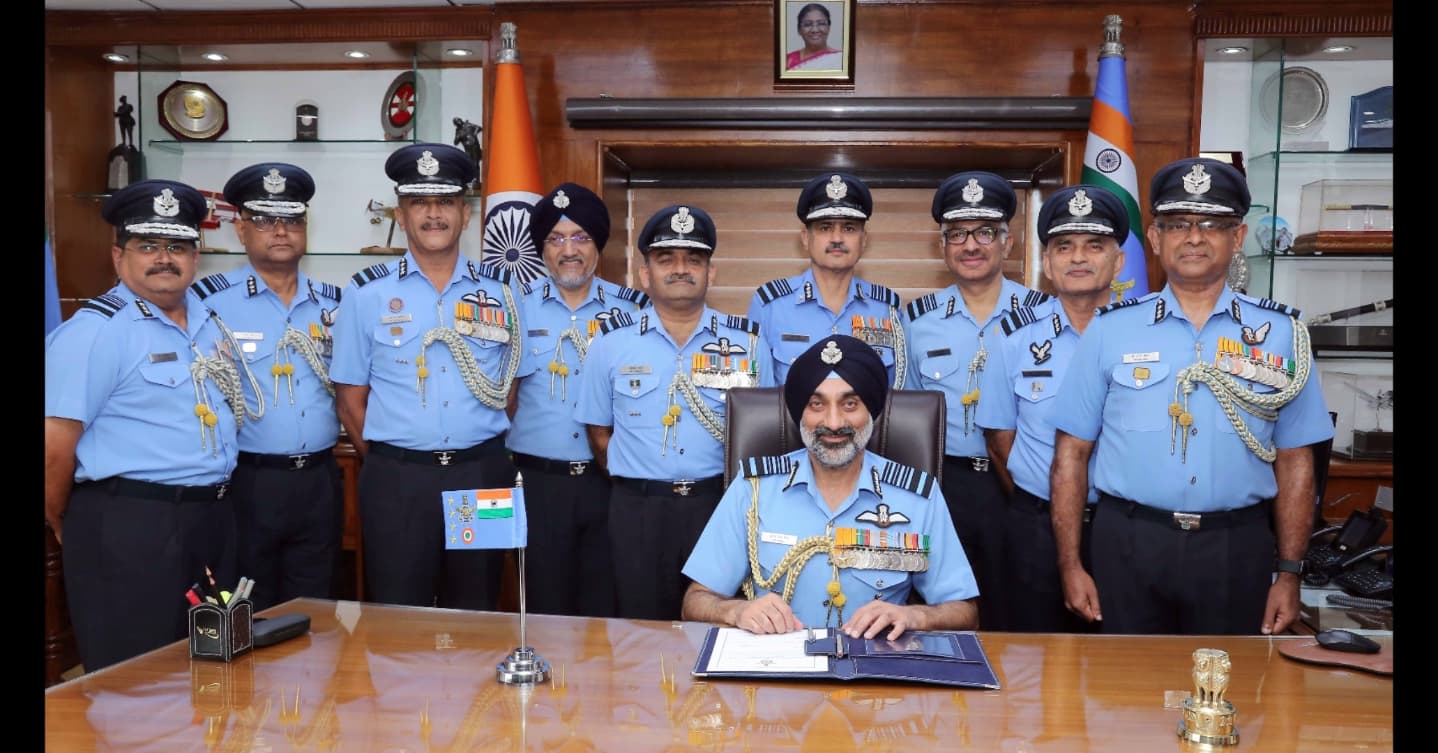Air Chief Marshal Amar Preet Singh has said that the Indian Air Force (IAF) shot down six Pakistani aircraft during Operation Sindoor, including five fighter jets and a high-value surveillance aircraft, believed to be an AWACS (Airborne Warning and Control System).
Speaking at the Air Chief Marshal L.M. Katre Memorial Lecture in Bengaluru, Singh shared satellite images and intelligence reports showing the damage to Pakistan’s air fleet and terror infrastructure. “These are the before and after images of the damage we caused at Bahawalpur, the JeM headquarters. There’s hardly any collateral here — the adjacent buildings are fairly intact,” he said, pointing to high-resolution visuals that showed the precision of the strikes.
Operation Sindoor, launched on May 7, was India’s response to the Pahalgam attack in April, which killed 26 people. Singh said, “We have five confirmed kills and one large aircraft, which could be either an ELINT or an AEW&C aircraft, taken out at about 300 km. This is the largest ever recorded surface-to-air kill that we can talk about.”
The four-day operation used a mix of air-launched cruise missiles, electronic warfare systems, and real-time surveillance to minimise civilian harm while hitting strategic targets. Singh credited India’s recently acquired Russian-origin S-400 air defence system for preventing Pakistan from using long-range weapons. “The range of that system has really kept their aircraft away from their weapons. They have not been able to use any of those long-range glide bombs because they could not penetrate the system,” he said.
The S-400 played a key role in shooting down the AWACS aircraft, which was considered a major intelligence and coordination asset for Pakistan. The IAF said it also struck ground targets, including Pakistani airbases in Bholari and Rahim Yar Khan, using BrahMos cruise missiles, loitering munitions, and advanced drones.
The operation, supported by the Indian Army and Navy, “forced Pakistan to agree to a ceasefire.” Singh said it was not only an act of retaliation but also a demonstration of “precision, professionalism, and purpose.”


